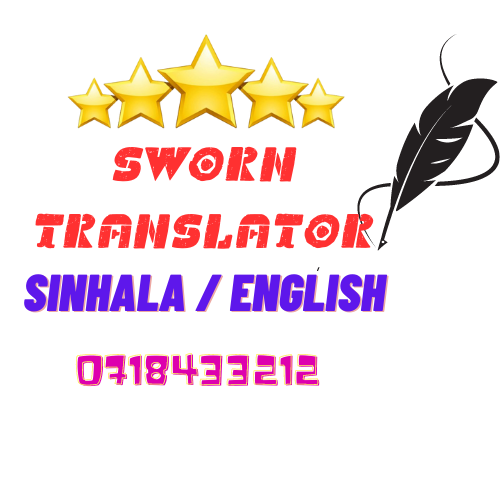Writing is a versatile and powerful tool that serves various purposes, and mastering different writing styles allows us to effectively communicate our ideas.
Expository writing is all about providing information, explaining ideas, and clarifying concepts. This style is often used in textbooks, research papers, and informative essays. The primary goal of expository writing is to convey knowledge in a clear and concise manner. Writers use facts, evidence, and examples to educate the reader on a particular subject. This style is prevalent in academic and professional settings where conveying information accurately is crucial.
Descriptive writing aims to create a vivid picture in the reader’s mind. It appeals to the senses, using detailed language to evoke sensory experiences. This style is often found in poetry, travel writing, and creative nonfiction. Descriptive writing allows the reader to immerse themselves in the world the author is describing, making it a powerful tool for storytelling. Through carefully chosen words and imagery, descriptive writing brings scenes, characters, and emotions to life.
Persuasive writing is focused on influencing the reader’s beliefs or actions. It is prevalent in advertising, opinion pieces, and argumentative essays. The writer aims to convince the audience of a particular viewpoint or encourage them to take a specific course of action. Persuasive writing relies on logical arguments, emotional appeals, and rhetorical devices to make a compelling case. It is a skill often used in fields such as marketing, law, and advocacy.
Narrative writing is all about telling a story. It can be fictional or based on real events, and it often includes characters, a plot, and a setting. Novels, short stories, and personal narratives are common forms of narrative writing. The primary goal is to engage the reader by creating a sequence of events that unfolds over time. Narrative writing allows for creativity and expression, offering a platform for authors to share their unique perspectives and imaginative worlds.
While these writing styles are distinct, it’s essential to note that a single piece of writing can incorporate elements of more than one style. For example, an informative essay may include elements of both expository and persuasive writing to present facts and convince the reader of a particular viewpoint. Similarly, a narrative may have descriptive elements to enhance the reader’s experience.
Whether aiming to inform, paint a vivid picture, persuade, or tell a compelling story, each writing style serves a unique purpose. The ability to navigate and combine these styles enhances the richness and impact of written communication, allowing writers to connect with their audience in diverse and meaningful ways.

